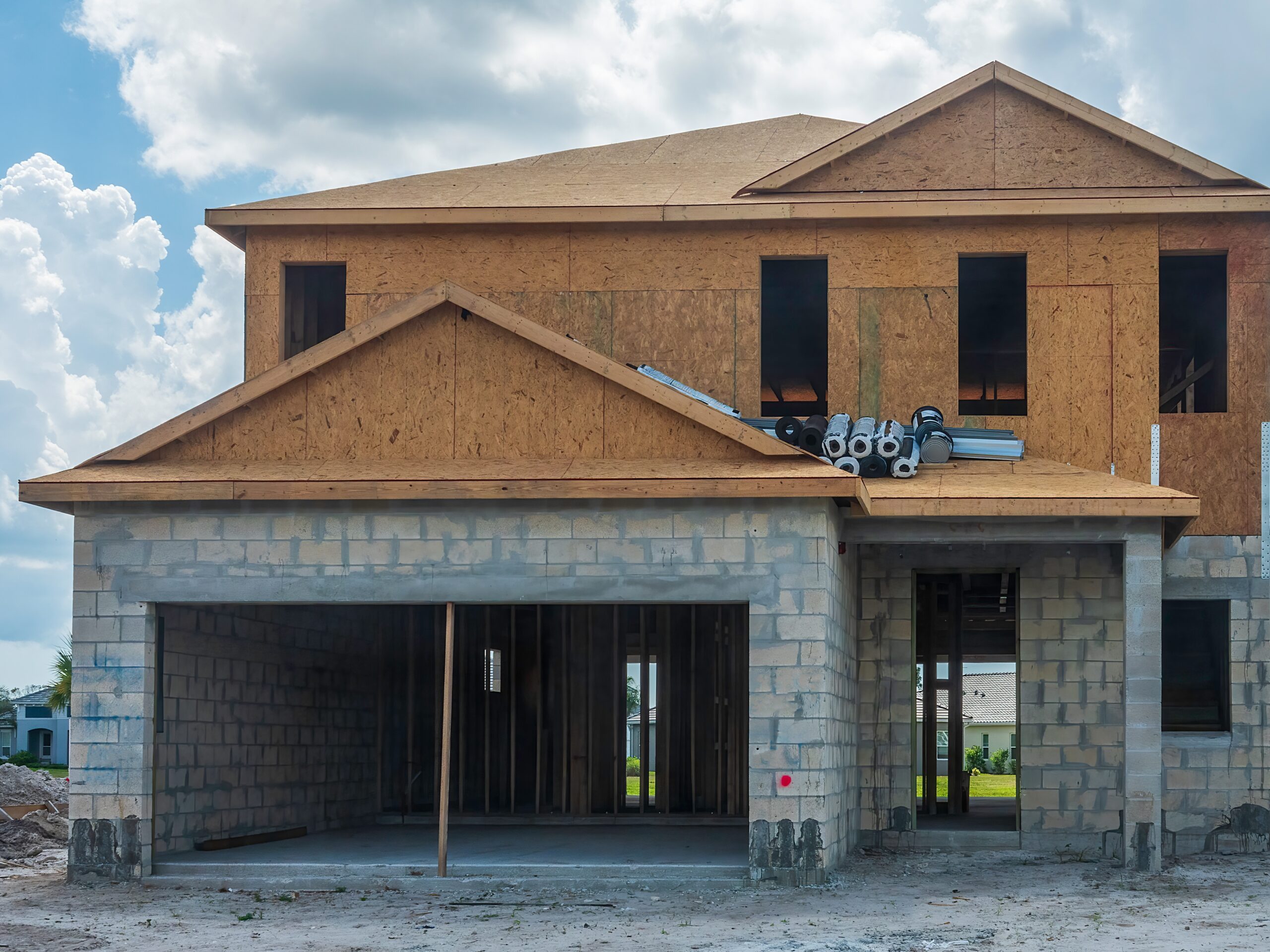What to Consider Before Buying Newly Constructed Homes
There are a lot of pluses to purchasing newly constructed homes: you’ll move into a brand-new house that’s clean, where everything is shiny and new. All the appliances, HVAC, and systems are likely to work and require less maintenance. Your neighbors may be motivated to get things off on the right foot. Of course there are obvious drawbacks: it will take while for newly planted trees and landscaping to begin to shine. Yet there are some less obvious risks of buying newly constructed homes to consider as well. Let’s explore.
Home Warranty
You need to evaluate the warranty of newly constructed homes. Warranties offered by builders in this area vary widely. Some cover the home for a year after closing. Others cover some parts of the home, typically structural elements, for 10 years. Some cover concrete flatwork (e.g., basement floors and driveways) if there is differential movement of a 1/4-inch or more. Some explicitly exclude any coverage of flatwork. We don’t recommend making a buying decision solely on the basis of the warranty, but you need to know what the warranty covers before you sign.
The Builder
There are several issues that require special attention from those who are considering buying a new home from the builder.
- Plans vs. Reality: As the construction proceeds, do your best to monitor the correspondence between the house that is specified in the contract and what is actually going up. As busy as builders sometimes are, it is very easy for them to overlook the fact that you wanted a skylight in the living room, an extra 220 outlet in the garage, or even an additional bedroom.
- Who Is the Builder? You need to make some attempt to evaluate the builder you will be working with. This is particularly important if you are going to work with a builder in the construction of a custom home, but it is still significant if you are buying a completed tract home. You need to have some sense of how easy the builder is to work with, whether they build good homes, and how they deal with warranty issues after the construction and sale of the home is complete.
Expansive Soils
Soils with high concentrations of expansive clay are common in many parts of the Boulder County and Denver Metro real estate markets. When wet, the clay in these soils can swell to several times their normal volume, creating forces that can easily lift the concrete slabs in driveways and basement floors several inches. In extreme cases, these forces can result in extensive damage to foundations and structures, pushing a foundation wall inward a foot or more.
Fortunately, builders in Colorado are now required to test for expansive soils and a wide range of construction practices are used to mitigate the potential effects of expansive soils. Many experts contend that the impact of expansive soils on most homes will have already manifested themselves on homes more than three to five years old, but there’s no heads up with newly constructed homes. Experienced inspectors are well versed in looking for signs of such damage in existing homes.
An important caveat, however: If you or your neighbors do anything to change the landscaping, or otherwise cause more water to accumulate near the home, you may create new problems.
With new homes, you should try to obtain a copy of the builder’s soils report and verify that the builder has followed the engineer’s recommendations on construction practices. Be very cautious if you are considering finishing a basement in a new home, since movement of the basement slabs could be extremely costly. The Colorado Geological Survey (303-866-2611) has several useful publications on expansive soils and construction practices.
Future Development
Boulder, Broomfield, and Jefferson Counties, as well as most of the towns and cities in the area, have purchased substantial property to preserve as wildlife habitat and open space. Combined with the relatively dense housing development in many of our towns, this has put a substantial premium on homes backing to undeveloped farmland or natural terrain.
If you are looking at a home that is near undeveloped land, meet with the city or county planner, locate the property on a map, and find out what the current status of the property is. Also ask pointed questions about what the possibilities for future development are. Do not rely on the homeowner, the neighbors, real estate agents, or anyone else for this information. If the “open space” behind your home turns into a four-lane highway or a mall, you’ve made a mistake that may cost you tens of thousands of dollars on resale.
Also, consider that if you are buying a newly constructed home in a development where construction is still active, you may be living in and around that construction for some time. Check on the development timeline and remember that if you’re one of the first buyers in a development, the character of the neighborhood is likely to change as more homes are completed and families move in.
Next Up
Contact Agents for Home Buyers! We can help you navigate all the pros and cons and potential risks of buying a home. It’s what we have been doing as buyer’s agents for 25 years.
- Property Condition: Inspections, building permits, termites and soils
- Health Hazards: Radon, lead, asbestos, mold and water quality
- Your Requirements: Does the home meet your needs?
- Neighborhood & Community: Airports, mines, flood zones, and crime
- Legal Issues: Zoning, ownership, and covenants
- Vacant Land: Buying land or a lot to build on
- New Construction: Buying from a home builder
- Condos and Townhomes: Buying into a Homeowners Association

